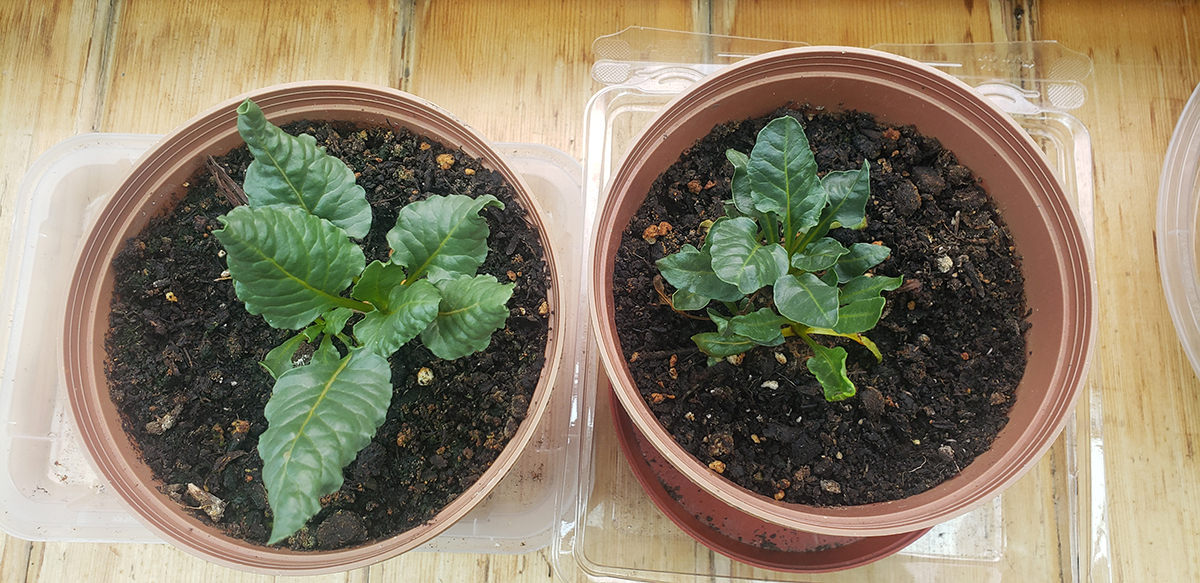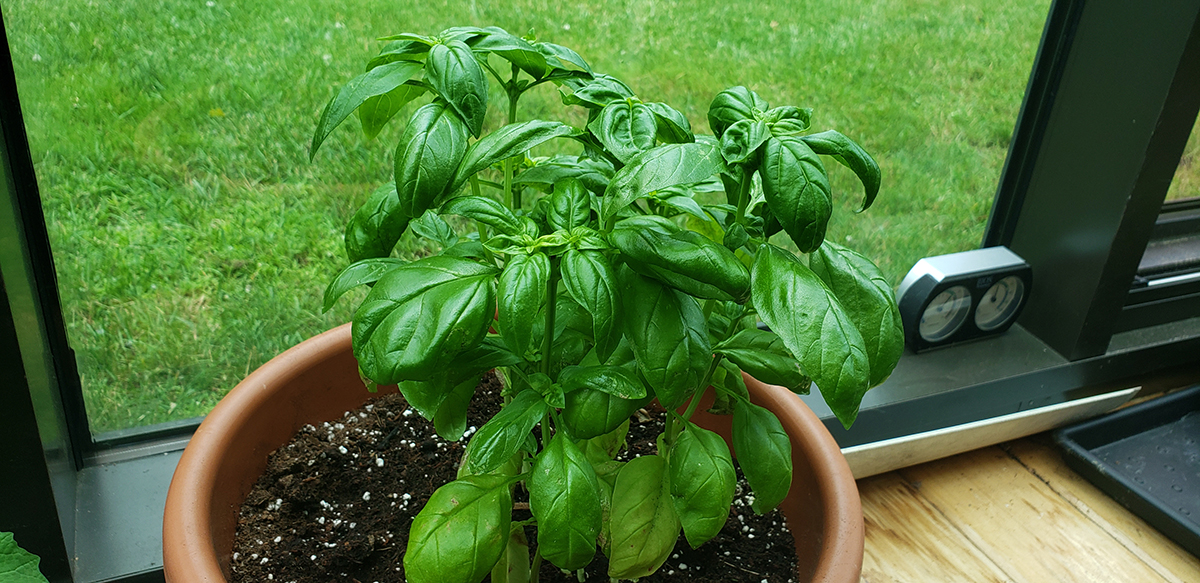| Membership | Price (+HST) |
|---|---|
| Single | $85/year |
| Single Plus | $120/year |
| Family | $130/year |
| Family Plus | $175/year |
| Contributing | $300/year |
| Supporting | $600/year |
| Sustaining | $1,000/year |
| Benefactor's Circle | $2,500/year |
| Director's Circle | $5,000/year |
| President's Circle | $10,000/year |
Re-Growing Table Scraps In Your Garden
By Gabe Camozzi, Education Programs Officer, Royal Botanical Gardens
Have you ever looked at the green onion root ends, unused celery stalks, and other table scraps in your compost and wondered if you could make use of them? Growing veggies using produce from the store is straightforward and, given that you probably already have the required vegetables sitting in your fridge, inexpensive. There is no better way to start a vegetable garden ‘on the cheap’ than to use your table scraps!
The produce you bring home did not die after being harvested. Plants are incredibly resilient, and often all that is needed to start new growth is water and time. Many vegetables can grow at home, with some exceptions: green beans will not sprout, and store-bought potatoes are often treated to prevent sprouting. Potatoes that do sprout are best left for eating to avoid introducing unknown pathogens to your soil.
Here are five vegetables that can easily be grown at home in your garden or on a windowsill:

Celery: This is possibly the easiest scrap to re-grow. Cut the celery leaving 1–2 inches above the root end. Place the base in a shallow dish with water, leaving it in a sunny location for about a week. Once it begins to sprout, give it a few days to develop a thick stem, then plant.
Green Onion: When you cut up your onion, leave 2 inches above the root end. In a glass jar, submerge the roots in water; keep the jar in a sunny spot to encourage photosynthesis. Once green shoots appear (3–5 days), plant in 1–2 inches of soil or continue to grow in the jar by keeping the roots underwater and changing the water at least once per week.
Beet: You can grow beet greens from your scraps by slicing off the top of your beet and sitting it in water in a sunny spot. Refresh the water every few days until it starts to sprout new leaves, then plant it in a pot. Harvest the leaves for your salad or stir fry.
Lettuce: Heads of Leaf and Boston lettuce often come with the root ball attached, which is necessary for this to grow. Leave an inch of growth above the root ball, then submerge the roots in water. Once new leaves start to grow, plant the root in partial sun.
Herbs: Basil, mint, cilantro, and other herbs can be grown using a cutting. Tender cuttings fare better than tough, woody ones. Submerge the base of the cutting in water in a sunny area, making sure to keep leaves out of the water. Once roots appear, plant your cutting in a sunny spot.
Happy gardening and bon appétit!

More from the RBG Blog
Check out RBG’s blog for announcements, articles, and more from Canada’s largest botanical garden.
Want to be sure you hear first? Sign up for our weekly e-newsletter to hear about upcoming events, weekend activities, articles, and more!












